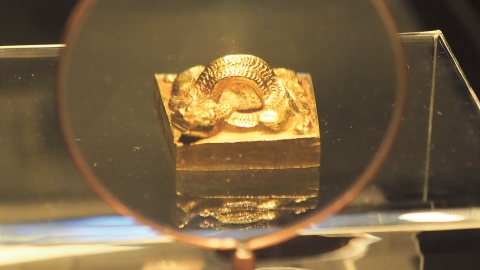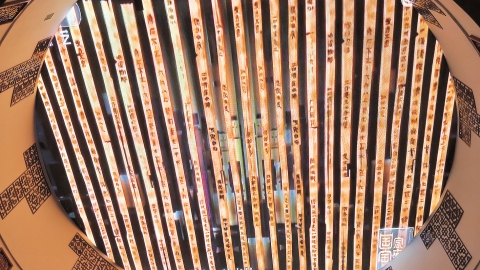National Treasures
From pottery to ritual bronzes, jade burial suit, porcelain, embroidery and ornaments, every cultural relic witnesses the history of China and has an interesting story to tell. This series explores some of the greatest national treasures collected in the major museums of China.
From pottery to ritual bronzes, jade burial suit, porcelain, embroidery and ornaments, every cultural relic witnesses the history of China and has an interesting story to tell. This series explores some of the greatest national treasures collected in the major museums of China.

















